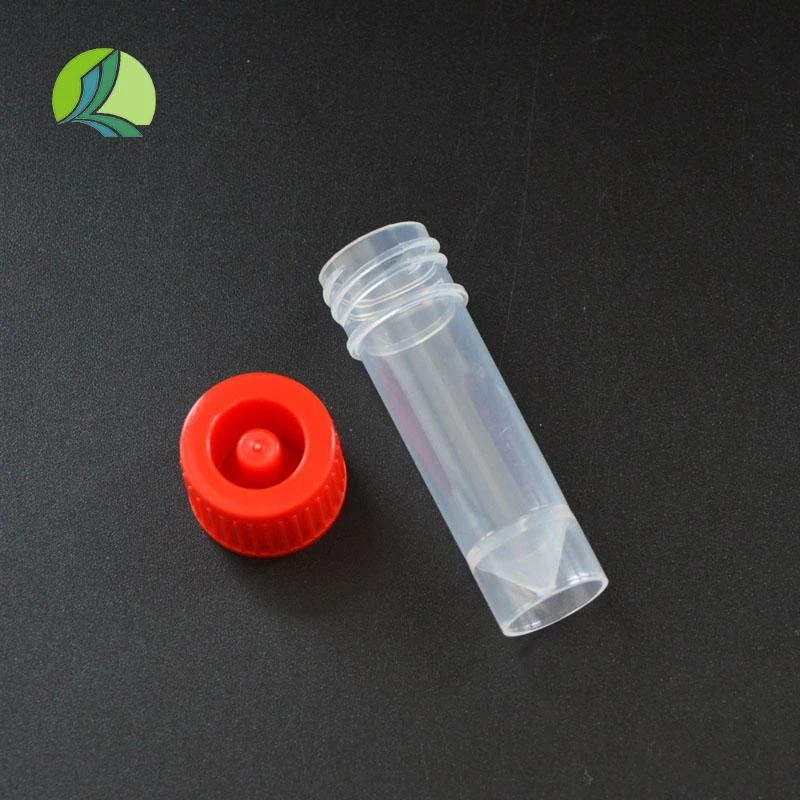Understanding the Significance of Blood Sample Collection Tube Colors in Medical Testing
Understanding Blood Sample Collection Tube Colors
In the field of medical diagnostics, the collection and analysis of blood samples play a crucial role in determining health conditions and guiding treatment decisions. One of the important aspects that healthcare professionals must consider during blood collection is the color coding of blood sample collection tubes. These colors signify different additives within the tubes that aid in the preservation and processing of blood specimens. Understanding these color codes is essential for ensuring accurate test results and optimal patient care.
The Importance of Tube Colors
Each color of a blood collection tube corresponds to specific anticoagulants or additives that influence how the blood reacts after collection. When a patient’s blood is drawn, it is crucial that the specimen is handled properly to maintain its integrity for laboratory testing. The different colored tubes are designed for various types of tests, and using the correct tube is essential in avoiding contamination or incorrect results.
Common Tube Colors and Their Additives
1. Red Tubes This tube is typically used for serum collection. It contains no anticoagulants – the blood is allowed to clot, and the serum can be separated after centrifugation. Red tubes are commonly used for serological tests and certain chemistry tests.
2. Yellow Tubes Yellow tubes contain a solution known as sodium polyanetholesulfonate (SPS), which acts as an anticoagulant and helps to preserve microbiological samples. This makes them ideal for blood cultures, which test for the presence of bacteria or fungi in the bloodstream.
3. Green Tubes These tubes contain either lithium heparin or sodium heparin, both of which are anticoagulants. Green tubes are primarily used for plasma chemistry tests, due to their ability to prevent blood clotting during the testing process.
blood sample collection tube color

4. Lavender or Purple Tubes Lavender tubes are coated with ethylenediaminetetraacetic acid (EDTA), a powerful anticoagulant that binds calcium in the blood. These tubes are often used for complete blood counts (CBC), blood smears, and other hematological tests.
5. Blue Tubes Blue-top tubes contain sodium citrate, which is another anticoagulant. They are primarily used for coagulation studies because they preserve the clotting factors in the blood. Tests such as PT (Prothrombin Time) and aPTT (Activated Partial Thromboplastin Time) require blue tubes.
6. Gray Tubes These tubes contain potassium oxalate and sodium fluoride. While potassium oxalate acts as an anticoagulant, sodium fluoride preserves glucose in blood samples. Gray tubes are often used for glucose testing, especially in patients suspected of having diabetes.
Best Practices for Blood Collection
To achieve the best outcomes, healthcare professionals must follow strict protocols when collecting blood samples. This includes ensuring that the correct tube is chosen based on the tests being conducted. Additionally, it is important to handle the samples carefully to avoid hemolysis (breakdown of red blood cells) and contamination.
Proper labeling of the tubes is also essential to ensure that the samples match the corresponding patient’s information, as errors at this stage can lead to misdiagnosis and inappropriate treatment.
Conclusion
In conclusion, the color coding of blood sample collection tubes serves as a simple yet effective system to guide healthcare professionals in selecting the appropriate additives for various diagnostic tests. By understanding the significance of each color and its associated additive, medical practitioners can ensure that blood sample collection is performed correctly, thus contributing to accurate and reliable laboratory results. As part of quality patient care, knowledge of these tube colors is indispensable for anyone involved in the collection and processing of blood specimens.
-
Aesthetic Makeup Spray Bottles | Fine Mist Empty RefillableNewsAug.19,2025
-
White Plastic Veterinary Vaccine Vials | Lab Liquid BottlesNewsAug.18,2025
-
Plastic Medicine Liquid Bottle: Secure Flip Top Drug VialsNewsAug.17,2025
-
Durable 250ml Blue Plastic Vaccine Vial for Lab & Vet UseNewsAug.16,2025
-
Sterile Virus Sample Tubes: Secure & Reliable Specimen CollectionNewsAug.15,2025
-
White 250ml Plastic Vaccine Vial for Lab & Vet MedicineNewsAug.14,2025
























